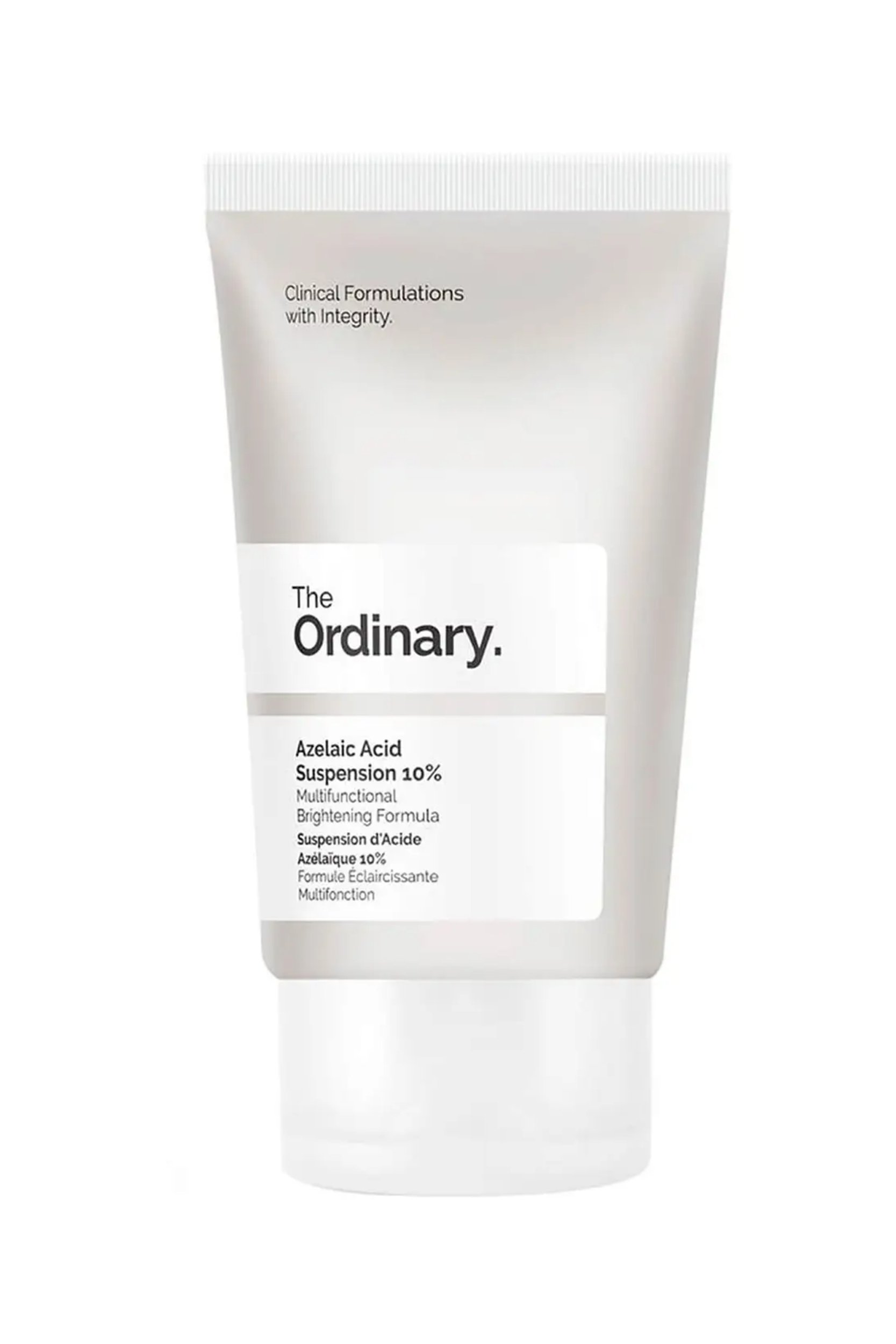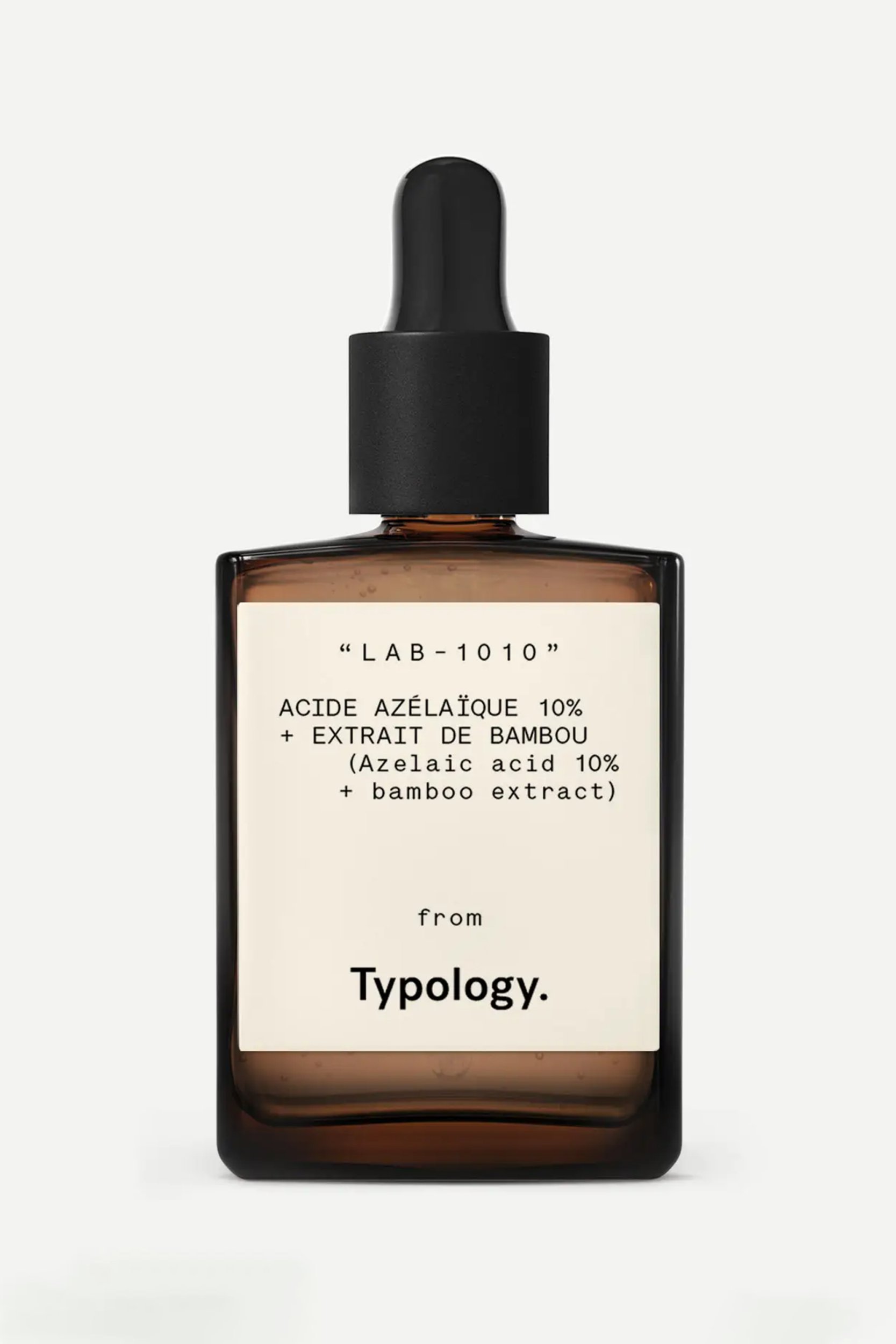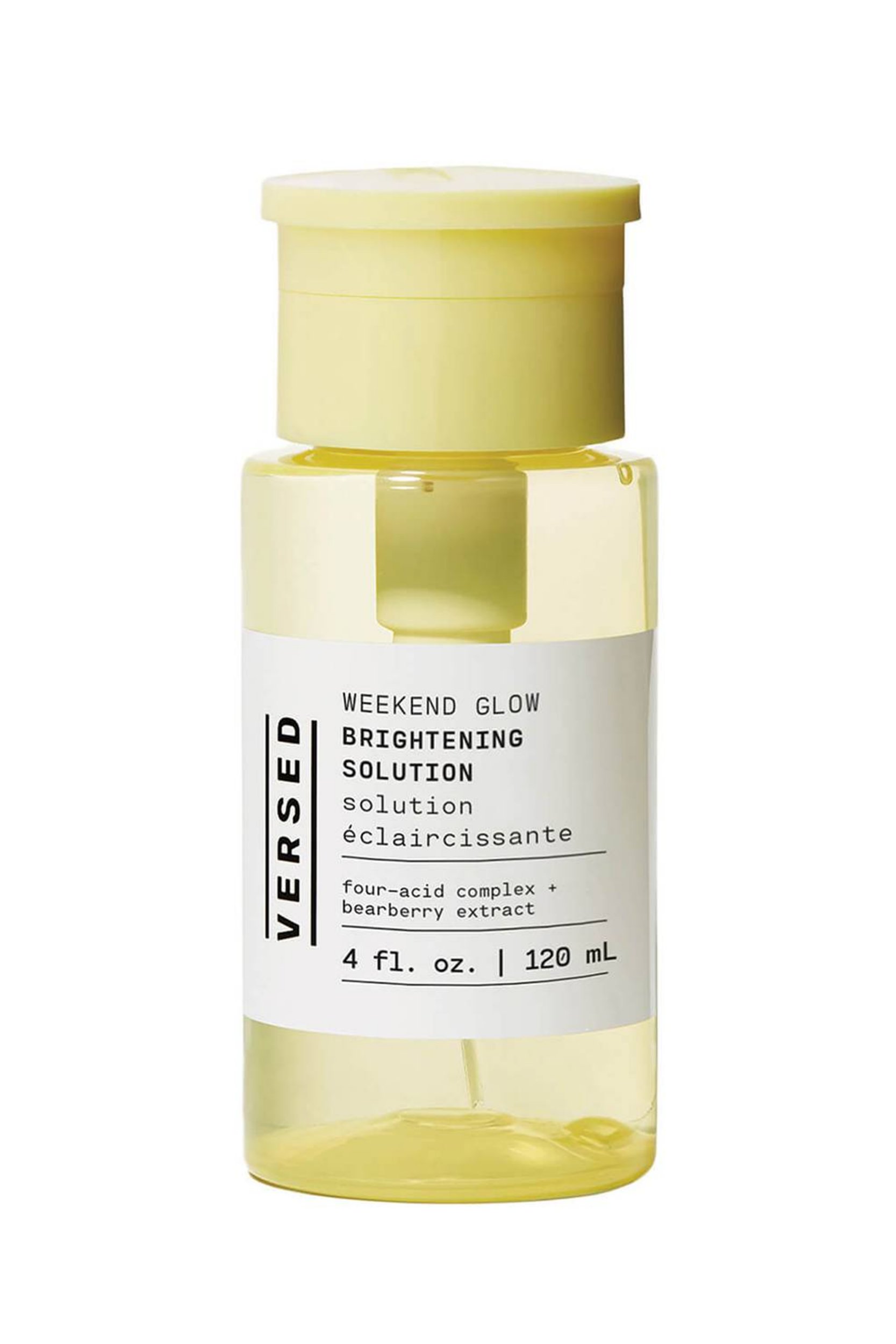De-mystifying certain ingredients, clarifying how to apply products, and revealing everything you’ve always wanted to know about skin types; Eliza Explains will fill you up with beauty knowledge.
I’ll be totally honest, I had never even heard of azelaic acid until a few years back when a dermatologist prescribed me a high-strength azelaic acid cream to use during my morning skincare routine, all for a particularly troublesome bout of adult acne.
Of course, being the beauty obsessive that I am, I spent the rest of the day swotting up on exactly what this under-the-radar ingredient was – and I was almost immediately sold.
Turns out, dermatologists have been raving about this stuff for years, but it’s only now that it’s starting to cause a stir in the mainstream beauty industry.
It’s clear to see why, of course. From soothing inflammation and unclogging pores to improving pigmentation and exfoliating skin, azelaic acid is genuinely a bit of a wonder ingredient.
And since that initial prescription (which really did the trick for combatting my batch of breakouts, by the way), I now always seek out azelaic acid formulas to incorporate into my skincare routine.
So, what exactly is it and how does it compare to other complexion hero ingredients, like vitamin C? Let’s get into it…
What is azelaic acid?
If we’re going to really go deep into the science stuff, then azelaic acid is a type of dicarboxylic acid, which basically means it contains two acid groups.
While that might sound a little intense, it’s a ‘good’ kind of acid and a gentle exfoliator that is typically considered to be a well-tolerated skincare ingredient that will work for most people – even if you have a more sensitive complexion.
Naturally occurring in our skin, azelaic acid is naturally-derived from grains, cereals and barley. However, when it comes to the type of azelaic acid found in our skincare products, it’s typically formulated in a lab to improve its levels of both stability and efficacy.
What are the benefits of azelaic acid?
When we talk about skincare all-rounders, they really don’t come more wide-reaching than azelaic acid.
First up, azelaic acid is brilliant at minimising both the appearance and frequency of breakouts as well as reducing congestion and build-up within pores. And although this makes azelaic acid a much-recommended ingredient for spot-prone skin, that’s not where its benefits end.
If you’re prone to pigmentation or inflammation (whether that’s marks left behind from spots or rosacea) azelaic acid works to combat discolouration and even skin tone. Plus, it manages to be both a gentle exfoliator and a skin soother so it can deal with everything from dead skin cells to excessive redness. Impressive to say the least.
How does azelaic acid compare to vitamin C?
Although azelaic acid is currently hitting beauty headlines as a kind of new-gen vitamin C alternative, I’d say that there is a place for both in all of our skincare routines.
Sure, both are brilliant at evening skin tone, fading dark spots and leaving skin generally brighter and glowier than before. But by using both together you’ll see even greater effects.
Plus, they’re wonderfully complementary – both are antioxidants that protect the skin from free radicals but azelaic acid has the extra benefit of being able to gently exfoliate your skin to ease congestion.
Thankfully, they both play nicely with each other, so think of them as two key players in your skincare routine.
How to use azelaic acid
The good news is that azelaic acid is a pretty low-maintenance ingredient to incorporate into your skincare routine and can be used basically whenever and however you like.
It can be applied both morning and night (unless you have really sensitive skin in which case once will probably be enough) and dermatologists recommend it for all skin types.
Plus, it works well with all of the other ingredients in your skincare cupboard already, from alpha hydroxy acids and vitamin C to retinol, azelaic acid is basically the perfect layering ingredient.
The best azelaic acid products to buy
Ready to try this trending ingredient for yourself? Ahead, some of the best azelaic acid products in the UK right now.
The Ordinary Azelaic Acid Suspension 10%, £8.60
This was the first off-the-shelf azelaic acid product that I tried after my prescribed formula and I always come back to it. It has a lightweight cream-gel texture that can be used in place of your usual moisturiser (although I prefer to use something a little more hydrating afterwards) and gets to work gently smoothing the surface of your skin and evening skin tone.
I tend to reach for this during times when my skin is particularly congested or the texture is a little uneven, and it sorts me out within a couple of weeks.
Paula’s Choice, 10% Azelaic Acid Booster, £37
This is one of the best azelaic acid products available in the UK for spot-prone skin thanks to its unique blend of the ingredient in question along with salicylic acid (another amazing pore exfoliator) and skin-brightening licorice.
The thing I love most about this product is how versatile it is: apply it directly to your skin to minimise blemishes and redness or mix a few drops with your favourite serums and moisturisers to brighten skin and even tone.
Typology Paris Mattifying Serum 10% Azelaic Acid, £13.80
In a world where glow reigns supreme, a mattifying serum feels somewhat retro. But trust me when I say that while, yes, this product does dial down excess shine the results are anything but dull.
In fact, on days that I apply this my skin always looks so healthy. It contains azelaic acid to keep excess sebum in check alongside organic bamboo to soak up oils and zinc to soothe inflammation and provide antibacterial benefits.
Versed Weekend Glow Brightening Solution, £16.50
If you’re looking for bright skin fast then you can’t go wrong with this fast-acting toner. Not only does it contain azelaic acid but there’s vitamin C to boost your glow, glycolic and lactic acids to exfoliate and niacinamide to soothe.
Basically, it contains a bit of everything your skin needs to look truly radiant. Just pump a little bit onto a cotton pad, sweep it over skin and follow with your usual serums, moisturisers and SPF.














